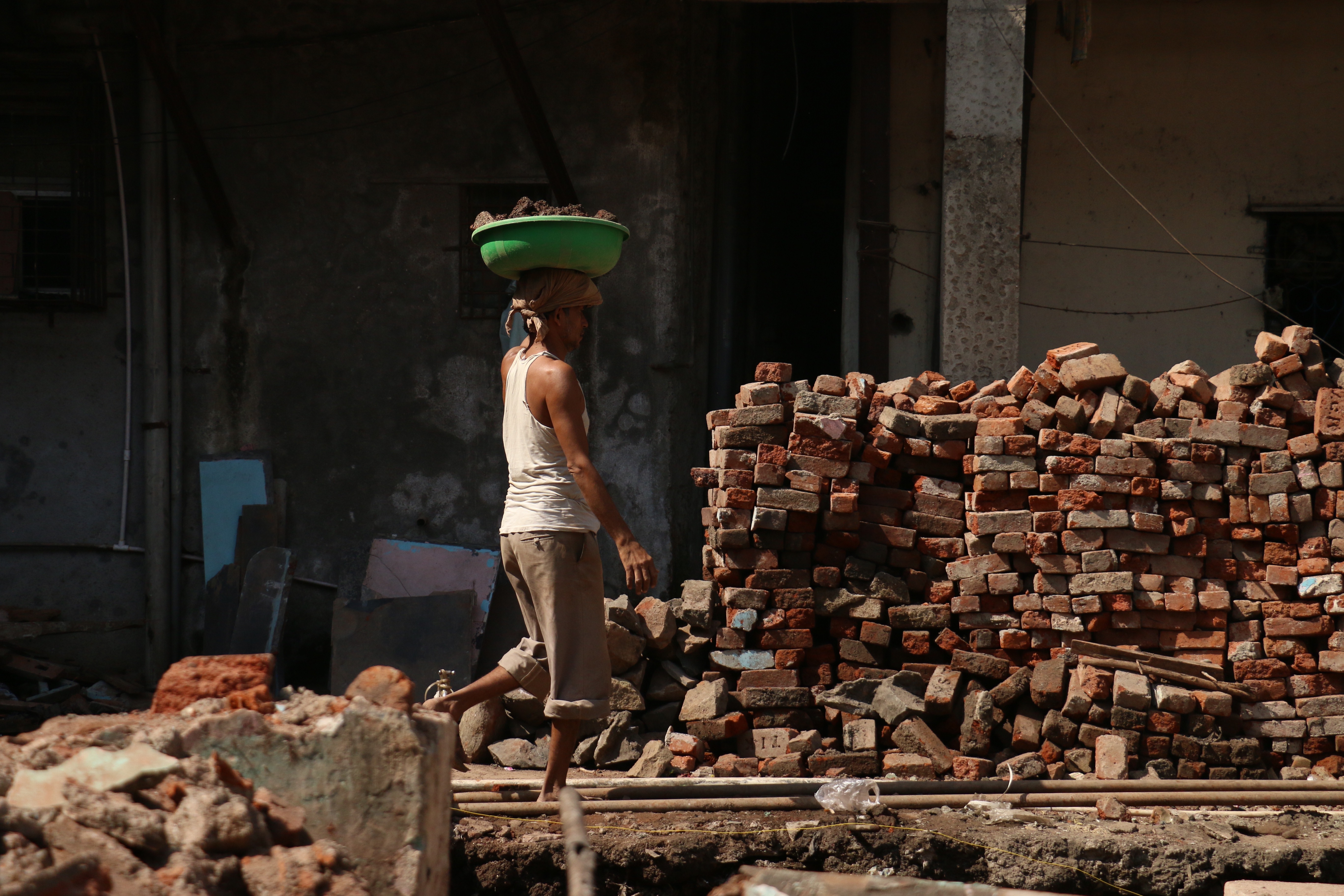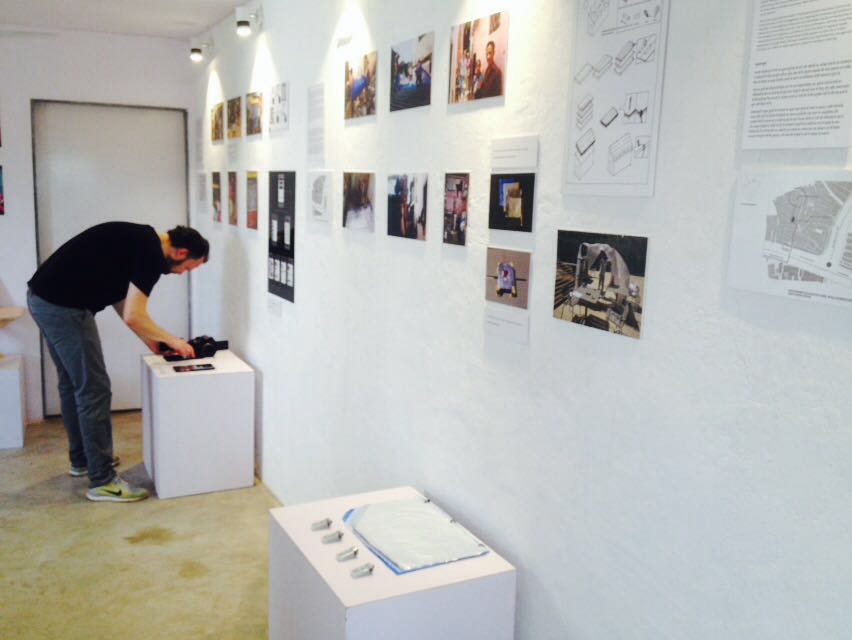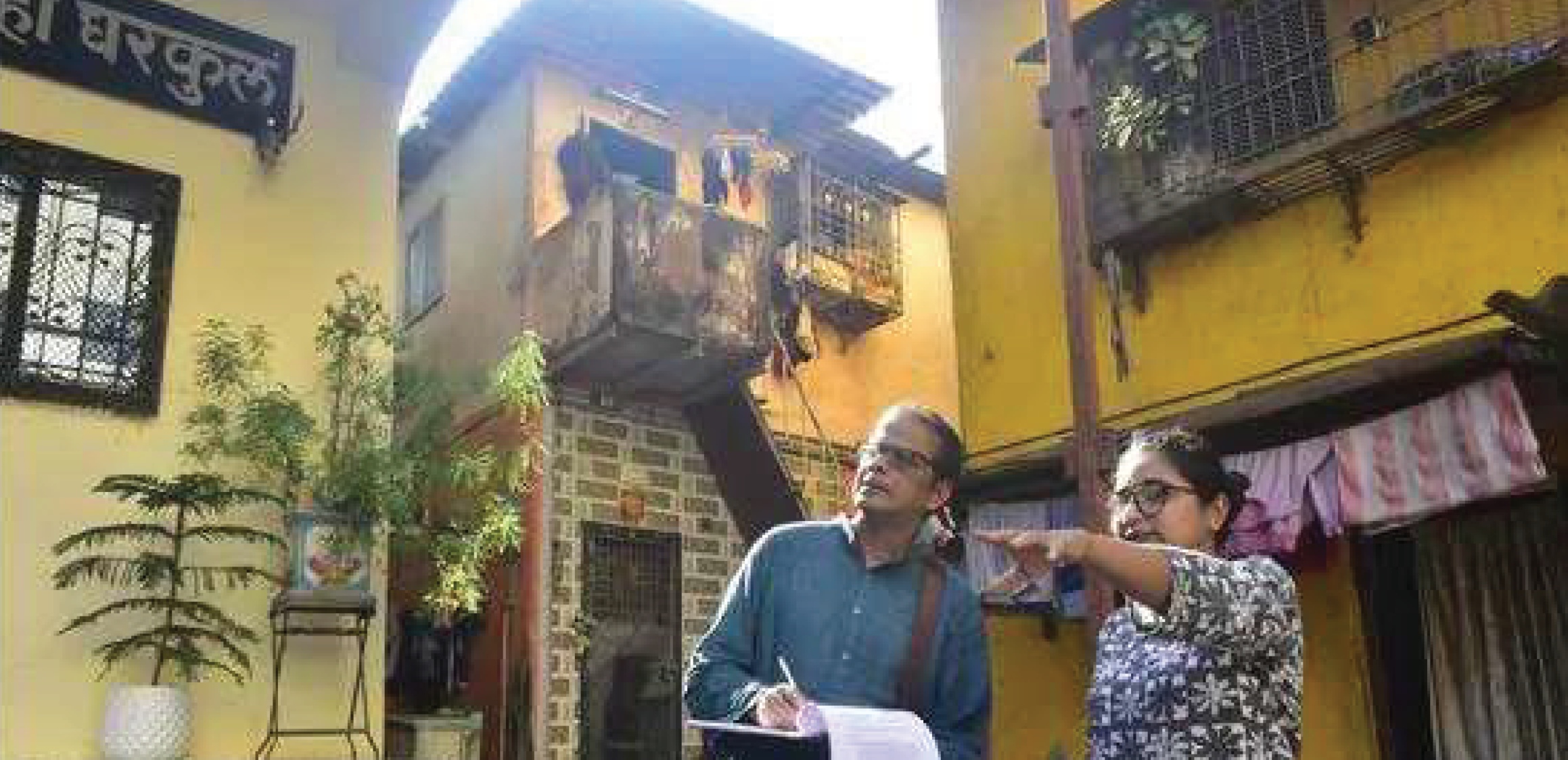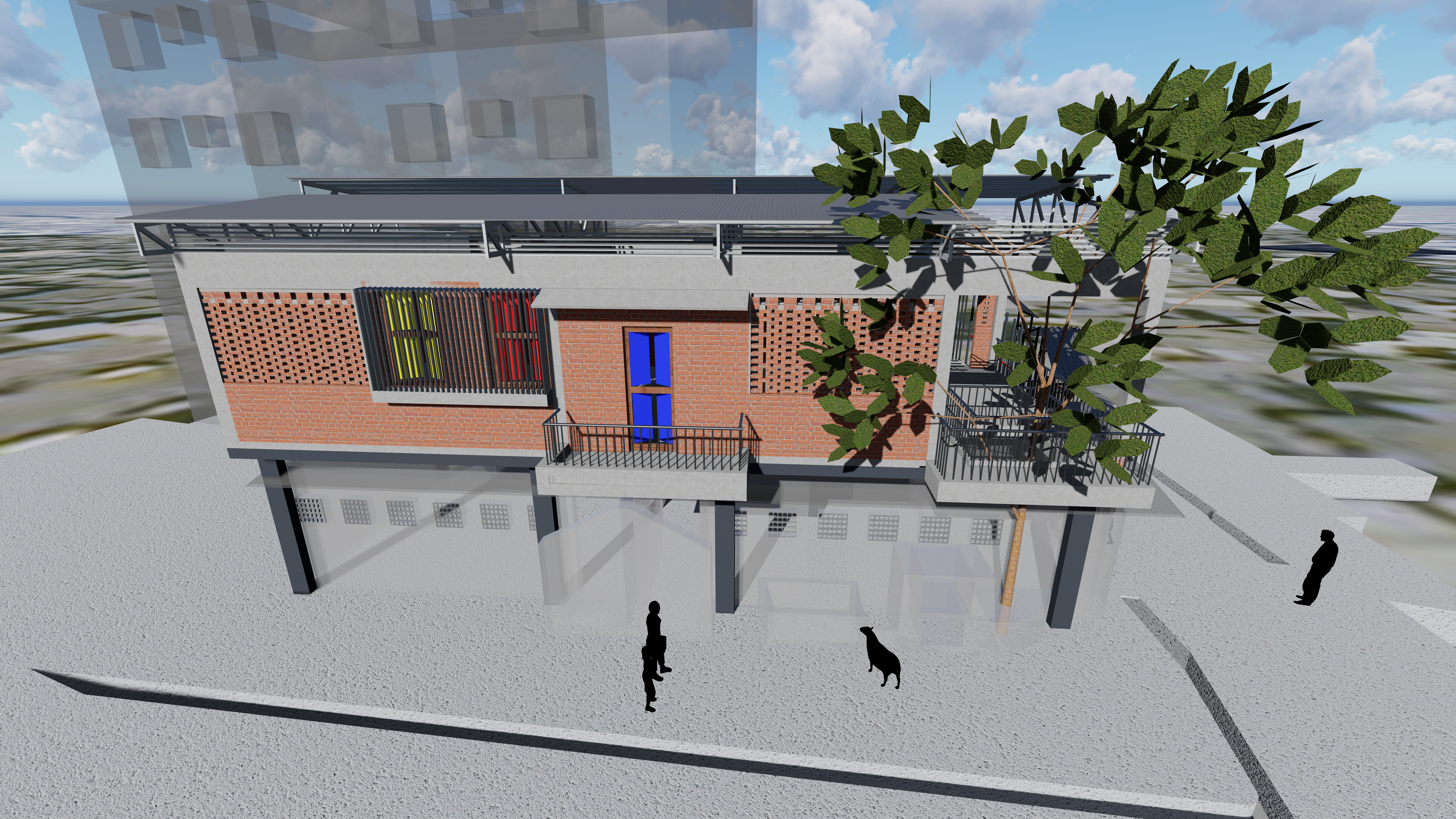Little Space Loads of Place
Little Space Loads of Place
A city is always an accumulation of many different realities and Mumbai is the best example of that. With approximately 18.5 million people living in its wider metropolitan area, there are plenty of individual stories and experiences to be told. There is the story of the movie star living on Juhu Tara Road, enjoying all the comforts and securities Mumbai has to offer. Then there is that of the stars’ maid who is constrained to commute three hours a day for work because her whole neighborhood was “resettled” due to parking space needed for a newly built mall. Then there are a million other realities in between.
In the last months in Mumbai, I spent my days in a narrow galli, a tiny street adjoining two rows of houses labeled L and M, close to New Transit Camp in Dharavi, close to where the URBZ office is situated. Since space is probably one of the most precious things in this highly dense and overcrowded city, Dharavi’s value rises even more everyday. Unsurprisingly, each story of the estimated hundreds of thousands of inhabitants from this neighborhood is unique in its history, its present as well as possible future.
With URBZ giving me the task of documenting the construction work of a local contractor, I found a good opportunity to get involved and to dip into this world of dense housing, interesting forms of neighborhood life and the issue of space.
My colleague Shyam, introduced me to the local contractor responsible for the site. His task was to rebuild a couple of 3-storied houses completely within 4 weeks. The old ones were to be demolished to make space for new structures. Up to 14 workers would be involved daily.
The impression on the first days was all about speed. How very fast the scene changed. Every day a different setting awaited me. In Mumbai I had seen civic projects languishing over months. Here, I was able to see development within hours. In two days the two old houses were removed, even as the laborers worked very carefully to preserve as much material as possible for the reconstruction. Subsequently, the masons began their job. I was amazed by their quick and exact ways of working. With relatively few tools they were able to build up the three stories brick by brick. The cement needed was mixed on the spot – a practice only possible with a precise knowledge about the various mixing proportions. It seemed that the contractor himself had gathered a stock of different skilled laborers around him over the years – and with this network he was able to organize a dynamic working process without any gaps or lack of supply. As soon as the masons were finished with the raw construction, flagstones were ready to cover the ceiling and the plastering of the walls happened. Thus, the two houses grew step by step in the midst of this network of experienced and independently working craftsmen. The contractor acted as a supervisor for the laborers and as a contact person for the owners and the other residents of the street. He was also actively involved in the construction work.
While spending my days in and around the site, I naturally got to know everyone better. What helped, besides my broken Hindi, was an incident that involved my clumsiness while climbing up a ladder one day. I was trying to get to the rooftop. A tiny dust particle got stuck in my left eye and almost all the women of the street did their best to get it out again. After that experience I felt almost adopted by the many friendly families I met each day. My main exploratory questions were: in what way did the actors of this street encounter space? More precisely, how did they perceive, appropriate and participate in it? Living in a small lane of approximately 150 feet length and two feet width with 15 narrow 3-story houses on each side, would be a real challenge for most of us. How do the inhabitants cope with this relatively little living and working space? Also during the construction process –does a different conception of space operate? Building a single room to live in for a family of nine or ten surely requires special knowledge and intelligent handling of space in both, physical and social ways.
I found that people of different religions, cultural backgrounds and even languages live cheek by jowl. They are individually able to construct their own distinctive space on the same physical ground at the same time. Imagine: three Muslim women sitting on the stairs of their houses, chatting about their husband’s working lives. On the next entrance a woman sits with her sister, watching the two sons play; thinking about the village in Karnataka, where she comes from. They speak different languages and have different memories of their past which combine to form unique characteristics of living in this lane. Then there are five boys of maybe nine or ten years, who create their own niche to play cricket. For them, the galli becomes a playing ground full of adventure and victory and they do not see anything else around them. Simultaneously, the workers on the construction site are installing a red metal ladder on the outside walls, which will connect the three levels of the two new houses.
When the batsman of the boys cricket game does not hit the ball, it flies far and lands at the feet of the labors. One of them picks it up and throws it back to them. That’s the moment when two spaces join, interact and form a new one.
There are certainly many more spaces and realities which constantly get constructed and rearranged on this small physical place. They are dynamic. And so are the people of this galli.
I guess the secret of the generally peaceful coexistence is that most of the residents come to Mumbai with similar ambitions. They want a chance for a better livelihood as well as better opportunities for their children. With this motivation they are able to adjust their demands temporarily and find a way to appropriate and share limited space with mutual understanding and respect. It is a process that displays they have found a place in Mumbai to actually live in – even though the city always claims to have no space at all.
Marie Malchow is an undergrad student in political science at Mumbai University who worked with URBZ in New Transit Camp in Dharavi.








